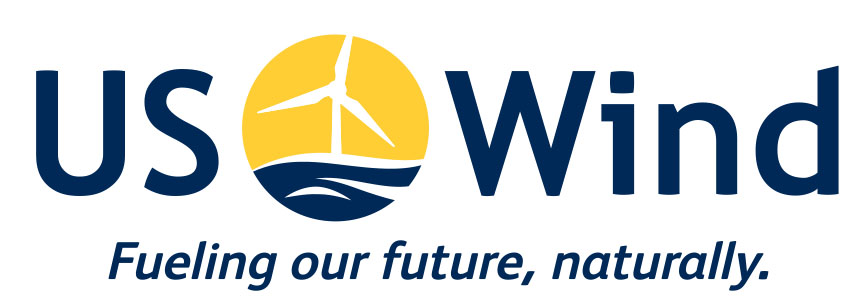Understanding ‘wind-windlife interaction’
A new report published by the Ecological Society of America (ESA) examines “wind-wildlife interactions and places them within the larger context of climate change challenges, citing the need to balance wildlife conservation with the urgent need for rapid and deep cuts in greenhouse gas emissions.”
A deeper understanding of the wind-wildlife interactions is essential in the global push for renewable energy, especially in the U.S. where increasing wind energy generation is deemed as a key component in carbon emission reduction. The report is a 25-year collaborative effort by the wind energy industry, state and federal agencies, conservation groups, academia, and scientific organizations.
“ESA’s most recent peer-reviewed Issues in Ecology brings together the best available science on interactions between wildlife and wind installations. ESA is pleased to present the report along with the wide range of public and private partners who collaborated on this project. Understanding how to minimize the impacts to wildlife from renewable energy sources like wind energy are integral to address climate change and preserve ecosystems that sustain life on Earth,” said ESA Executive Director Catherine O’Riordan.
The report acknowledges the integral role that wind energy plays in fighting climate change, as it is considered as “the biggest threat to birds in North America,” according to Garry George, clean energy director for National Audubon Society. He remarked that significantly expanding wind energy in the U.S. must ensure that impacts to wildlife is avoided, minimized, and mitigated “to the greatest extent possible” and emphasize the need for more research on certain species that will help inform the development of technologies that will not be detrimental to these species.
Studies at offshore wind facilities in Europe indicate some bird and marine mammal species are displaced from project areas, but substantial uncertainty exists regarding the individual or population-level impacts of this displacement. Bird and bat collisions with offshore turbines are thought to be less common than at terrestrial facilities, but currently the tools to measure fatalities at offshore wind energy facilities are not available.
However, ESA noted that there are “such technologies and strategies currently in use or under development to avoid or reduce adverse impacts during wind energy construction and operation” noted in the report, which, at present, are focused almost entirely on land-based wind energy facilities. These include acoustic deterrence, which involves gradually increasing intensity of construction noise so that sensitive aquatic species will avoid the construction area and will no longer be present in the area by the time noise reaches levels that could cause harm; siting wind farms in areas away from potential at-risk species, selectively or automatically shutting down turbines at certain times to reduce risk; and minimizing impacts through use of technologies or techniques akin to machine-learning technologies intended to detect certain species and technologies that aim to deter certain species collisions using sound or lights.
The report’s recommendations include continuing research to improve risk assessment and siting of wind energy facilities; continue and expand investment in the development and evaluation of technologies and operational strategies that minimize collision fatalities of bats, raptors, and other protected species and are feasible to use at a wide range of facilities; and promote coordinated research at multiple wind energy facilities to enable statistically robust analysis of fatalities and strategies to minimize them.
